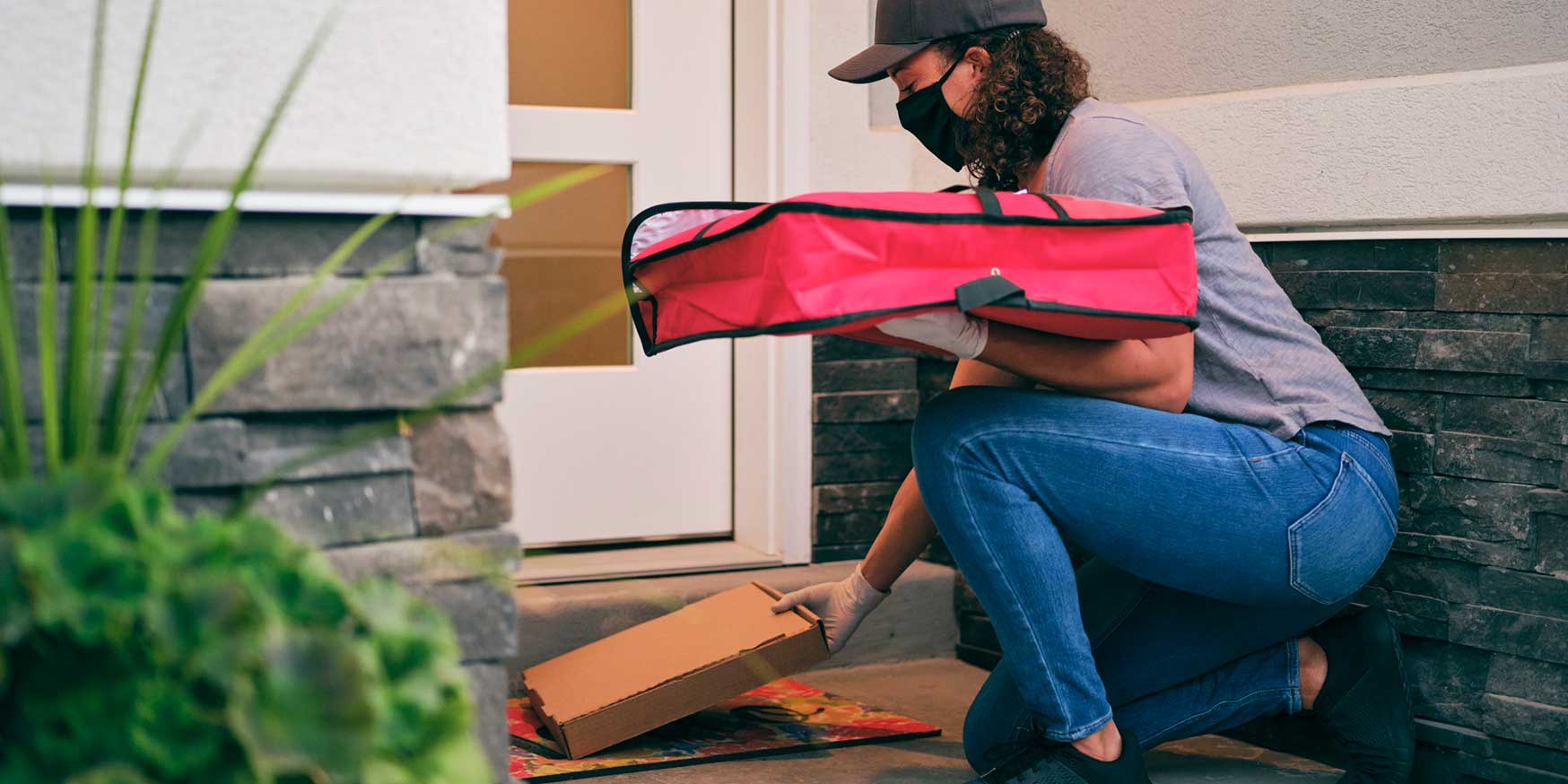By now, everyone is exhausted by the pandemic. Even as there seems to be a light at the end of the tunnel, recent surges have caused increased health and safety restrictions in numerous areas –even returning to forms of shutdowns.
QSR and Fast Casual restaurants have had to continuously adapt to requirements to remain open and service customers with minimal disruption to the “experience of dining.” No matter what combination of indoor, outdoor, pickup, or delivery is available, the same considerations must be made to still achieve a worthy customer experience (CX).
Restaurant employees aren’t just on the frontlines making sure people can eat, but also the frontlines of the success for the business through the pandemic.
Every business’ CX vision is dependent on the employee base being able to deliver it, but none more so than restaurants. From the first customer touchpoint on, their experience is crafted through the filter of the employees. Whether that be order updates on the website or app, answering the phone, the greeting from the host, the quality of the food prepared, the timing of the meal, or the contact-free delivery… The list goes on and on as to how the employees will impact the perception of the experience. Restaurant employees aren’t just on the frontlines making sure people can eat, but also the frontlines of the success for the business through the pandemic.
Experience impacted by expectations impacted by employees
The nature of the hospitality industry is to make people feel at home by catering to their needs. Those needs at their core haven’t changed. Customers expect courteous service, good food, and value for the price paid. What has changed is the circumstances in which those things can be delivered. The health and safety measures being placed upon restaurants, the employees, and their customers mean that new expectations will have to be set so customers can adapt old dining habits and restaurants can maximize their services.
Take this experience from one of my colleagues as an  example. A restaurant she ordered from regularly through a delivery app started canceling her order and asking her to reorder it through their website. The UX of their site was horrible, and they messed up her order everytime (which rarely happened with the delivery app). So she just stopped ordering from them, because the CX degraded so much.
example. A restaurant she ordered from regularly through a delivery app started canceling her order and asking her to reorder it through their website. The UX of their site was horrible, and they messed up her order everytime (which rarely happened with the delivery app). So she just stopped ordering from them, because the CX degraded so much.
Another example is any restaurants open with restricted-capacity indoor dining. This allows customers to space out and maintain social distance, while still enjoying the dining experience. However, no longer can you just ask a server to grab you something “real quick.” At many places, servers are required to wash their hands between serving each table to minimize any cross contamination. Changes such as these have the potential to cause friction for customers, despite being necessary to protect the health of all parties.
Restaurants can set their employees up for success by doing two things: over communicating and directly engaging.
Restaurants can set their employees up for success by doing two things: over communicating and directly engaging. If leadership and managers over communicate to employees how their services are affected by current COVID restrictions, the employees will feel, and be, equipped to set expectations properly with customers.
Leadership should also engage employees more directly to get their perspective on what pain points are arising from this new paradigm, and ways to potentially fix or work around them. The employees equally want customers to have as great an experience as possible, so give them the opportunity to contribute.
Redefining the ideal employee
As our world continues to navigate next steps with COVID-19, the ability for restaurants to maintain their customer experience may mean that what defines “good performance” shifts to align with new requirements. Take servers for an example. Typically, servers are outgoing and charming, being able to adapt quickly to the fast-paced environment and the needs of the dining guest. But with health protocols in place, skills like attention-to-detail and adherence to processes or standards will become  ever more important.
ever more important.
These shifts in performance expectations could mean that previously stellar employees might struggle and “average” employees now excel. Essentially how a business defines a “right-fit” employee may have changed. Utilizing data from assessments can help an employer understand how to adapt to the new needs of the employees, to ensure a great (and safe) experience for customers.
In the end, the road to recovery for restaurants is paved with how well they set their people up for success. The experience of guests and their likelihood to continue to patronize the business hinges on the employee’s ability to deliver stellar service while keeping everyone safe. Like any important relationship, communication and engagement are key – with customers and employees. Your CX is depending on it.
Want to learn how your business can redefine top performers that impact CX? Connect to Traitify.





